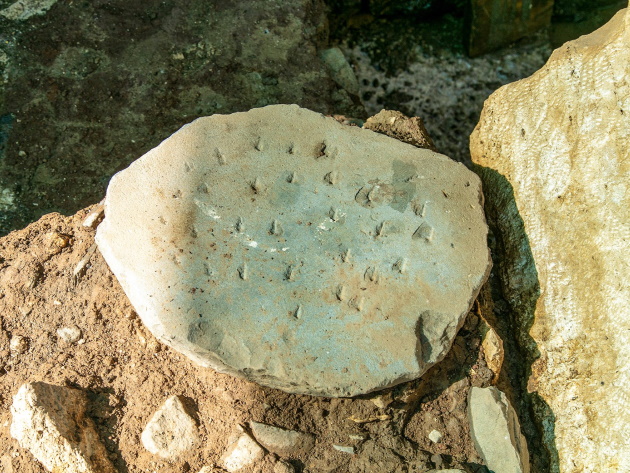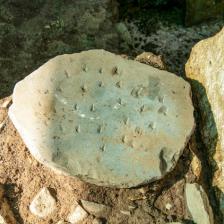
In the late Imperial age it exited the city through Porta Tiburtina, but its history had begun many centuries earlier: laid out in the 3rd century B.C. tracing the ancient routes associated with transhumance, the Via Tiburtina is in fact one of the first consular roads. Yet it never ceases to hold surprises even today. In August, during roadworks to enlarge the modern road, at the height of the 11th kilometer (the 7th mile of the ancient road), at 4 meters below the current road level archaeologists unearthed the remains of one of those engineering works for which Romans were famous.
It is a portion of the large archway in travertine blocks of a bridge, probably from the Imperial era, used to cross over the Fosso di Pratolungo, a small tributary of the river Aniene, just before the waters converged. The arch is missing its keystone, probably as a result of the works carried out in the Middle Ages and the Renaissance era when the bridge was partially demolished and enclosed by high walls. The frequentation of the site even during the Middle Ages is confirmed by the discovery of numerous horseshoes. The new discovery will help understanding the ancient topography of the area and its development over the centuries. Upon completion of the archaeological investigation, the remains of the bridge will be consolidated and covered to ensure its protection and preservation.
Photo: Courtesy Soprintendenza Speciale di Roma | © Fabio Caricchia
 Condividi
Condividi












































